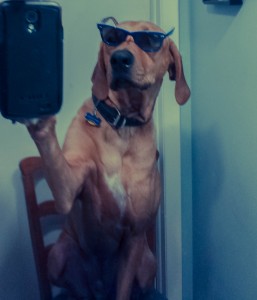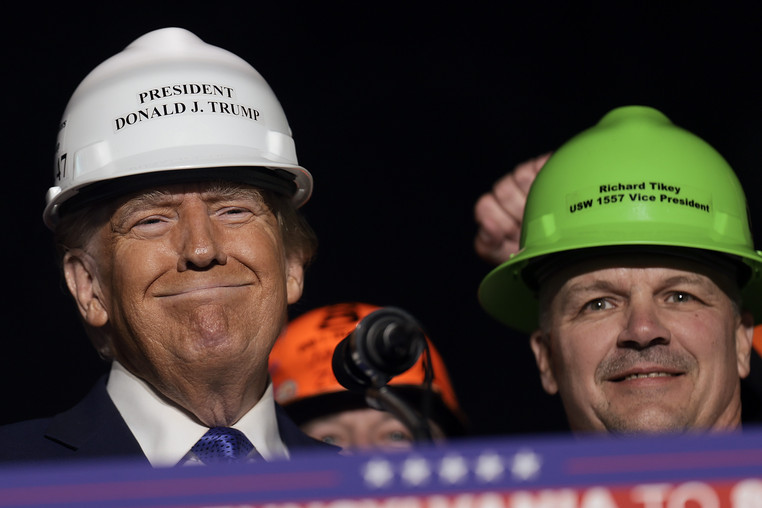(ThyBlackMan.com) Selfies are everywhere. If you have more than one social media account it’s possible that you encounter at least five selfies per day. Selfie-types range far and wide, from capturing candid moments to the dreaded duck face. Though some selfies are entirely innocent and fun, there is a much more, extreme element to posting one’s image via social media. The extreme side of selfies are in their presentation: When did it become commonplace to showcase ratchet behavior, as in girls going duckface, dolled up, while in filthy bathrooms (for more on ratchet culture, read my post on America’s Unhealthy Obsession with Ratchet Culture), subtle cleavage shots, or men seeking validation by posting flex pics? With the present reality of the world as a digital marketplace, two considerations emerge when examining selfies:
1) Are they a harmless bi-product of a culture of digital immersion, or…
2) Do they represent growing, wide narcissism that reeks of attention-seeking?
The purpose of this article is not to demonize selfies, but to explore the narcissistic intentions. The motivation behind taking an internet selfie is characterized by purpose of the selfie, controlling the image, and emotional validation.
Purpose of the Selfie
In sociologist Erving Goffman’s 1956 groundbreaking book The Presentation of Self in Everyday Life, he associates face-to-face interactions as similar to theatrical performances. Goffman believed that individuals put on masks around others depending on the situation, following a theme of chameleon-like behavior, in order to control or guide the impression that others may take away from them. Though Goffman never lived to see social media, we can easily adapt his studies to online behaviors. Questions emerge:
away from them. Though Goffman never lived to see social media, we can easily adapt his studies to online behaviors. Questions emerge:
- Why do people feel the need to take selfies?
- Is the user bored?
- Are they looking to get noticed, or to preserve a moment in time?
Selfies are innocent enough when capturing a stand-out moment for the user, but what about selfies that have no discernible meaning or purpose? The answer, I believe, lies in the intent of presentation and desired outcome. There is more going on than the mere duck face.
Goffman called this behavior the “dramaturgical analysis”, which proclaims that people portray their lives as a theatrical performance where they can control or elicit the intended reaction from the audience. Could it be that the control of the selfie is then only a tool to produce a response, which is reflected in positive likes or comments? In an internet dominated culture, our personalities can become harder to translate beyond the written word. Photos are powerful, emotional translators and controlling the selfie photo has never been easier. Instagram and other photo apps have made it infinitely easier to manipulate a photo, or to advertise a physical feature / personality that may be overlooked in the real world. It can be claimed that people manipulate selfies in order to elicit a self-esteem boost.
Controlling the image
Selfies have more choreography to them than a music video. There is active production, strategy, and time put into Mr. Gymrat’s slight flex when he shares a photo of his pre-gym workout, or Mrs. LookAtMe’s cuteness when posting a “no filter”. On social media, you are your own public relations firm and selfies are a form of controlling your image. Internet culture and a wireless society has created a virtual reality where compliments now equal “likes” and “comments”, which could lead to low self-esteem in the real world when the equivalent of “likes” and compliments are not the same. To balance, this would create a need to focus more on ones online persona than who they are as a person.
Annoying selfies typically contain one or more of these five motivations:
1) Image Creation. The person wants to affect the way people think of him/her.
2) Narcissism. The person’s looks are so good, yet they are so humble or their lives so interesting, that they must be shared with the universe.
3) Attention Seeking. The person wants attention.
4) Jealousy Inducing. The person wants to make people jealous of him/her or his/her life/body/talents.
5) Loneliness. The person is feeling lonely and wants Facebook to make it better.
Emotional Validation
The root motivation of selfies, in my opinion, is emotional validation. Facebook is infested with the five motivations not just in selfies, but in status updates as well. Selfies are a quick dose of self-esteem, readily available at the user’s disposal. Self-esteem boosts and physical validation equalize the emotional impact of online media in contrast to what one does not get in the real world.
Everyone who gets on Facebook and Instagram knows the feeling that they will get before they post a selfie. The sense of predictability is part of what motivates users to take, edit, and then post a selfie. This is feeling is similar to fast food. You know how you’ll feel if you indulge in a greasy bag of heaven from McDonalds but, if you don’t feel like indulging, you know how you could feel if you so choose to swallow 1,000 calories in one sitting. Selfies bring emotional validation, which brings comfort, which brings control. Some people need that control.
Yes. There can be strong narcissism behind the majority of selfies. Our wireless society has created new forms of expression and the selfie is just one of many forms of emotional control. Though purpose of the selfie can easily disregard narcissism, controlling the image and emotional validation cannot. In a reality where the physical self is overlooked, the online persona balances out the crave for attention with self-esteem boosts for the user even if, sadly, they feel the need to post multiple selfies per day to feel better.
Staff Writer; Lee Williams
Be sure to follow Lee’s blog “The Communication Activist” or visit his blog’s official Facebook page.

















Leave a Reply